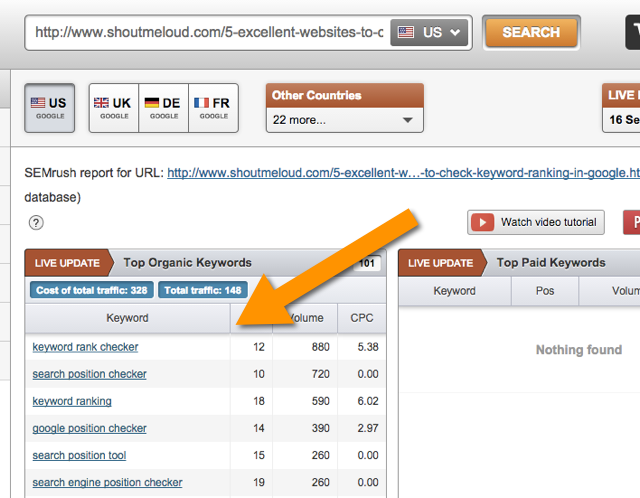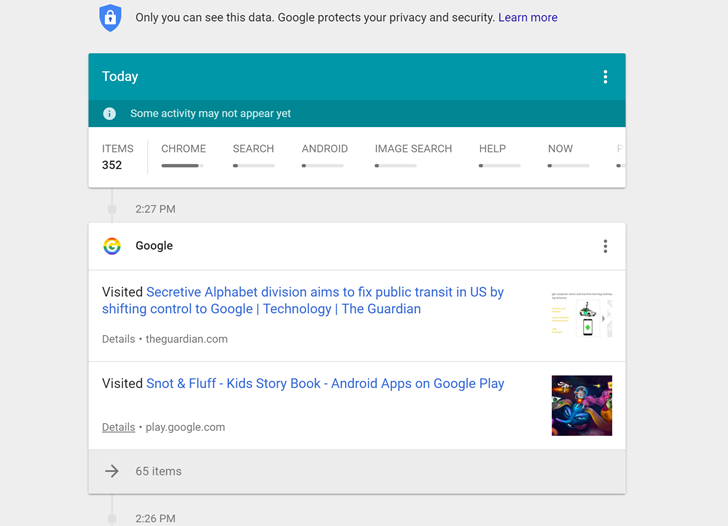Tracking tool Google
Please do not submit inappropriate content in Issue Tracker. If you have inadvertently submitted inappropriate content, please request removal by filing a support ticket. Google Issue Tracker. Create Issues. Edit Issues.

Search Issues. Connect Issues.
Google Issue Tracker
Group Issues. Work with Components. About Issue Tracker Issue Tracker is a tool used internally at Google to track bugs and feature requests during product development.
- cellphone tracking app reviews Honor 9X?
- Measure and Track.
- Email tracking for Gmail — Mailtrack.
- best cell tracker app Galaxy A30;
Intended audience Issue Tracker is intended for two sets of users: Public users of a limited set of approved projects designated by Google Partner users who are collaborating on specific projects with Google Issue Tracker has access control permissions that govern which users can find, view, create and modify issues for each project. Measuring the impact of your work can be tricky without the right tools. Sure, you know Twitter drives a certain percentage of traffic to your website Or that your specific guest post drove actual leads and customers to your website?
Marketers can customize this text to match the webpage this URL is linked on, allowing them to attribute the success of that campaign to specific pieces of content. UTM codes are also known as UTM parameters, or tracking tags, because they help you "track" website traffic from its origin. Now, you might be thinking, "Ginny, I have HubSpot, so I already know if my website traffic is coming from Google, email, social media, and similar marketing channels. What does a UTM code tell me that I don't already know?
Intended audience
HubSpot Marketing Hub provides you with these high-level sources of traffic, but this tool also helps you drill down into specific pages and posts within these traffic sources. If you're promoting a campaign on social media, for example, you'll know how much traffic came from social media. Building a UTM code, however, can tell you how much of that traffic came from Facebook, or even a particular post on Facebook. In the example above, you're saying that once traffic comes in from people who click this link, the traffic should be attributed to Facebook. The "medium" is social media, while the "source" is Facebook.
Adding these snippets of code after the question mark above doesn't affect anything on the page -- it just lets your analytics program know that someone arrived through a certain source inside an overall marketing channel, as part of a specific campaign. UTM codes can track a medium and a source within that medium. Where it gets more flexible is in the language you use to describe that source. Maybe you want to attribute website traffic to a social network, a type of content, or even the exact name of an advertisement on the web. Campaign-based tracking tags group all of the content from one campaign in your analytics.
A source-based URL parameter can tell you which website is sending you traffic. You could add the example code below to every link you post to your Facebook page, helping you to track all traffic that comes from Facebook. This type of tracking tag informs you of the medium that your tracked link is featured in.
Google Conversion Tracking: Complete Guide to Conversion Tracking in Google Ads | WordStream
You can use the example UTM code below to track all traffic that comes from social media as opposed to other mediums, like email. This type of UTM code is used to track the specific types of content that point to the same destination from a common source and medium. It's often used in pay-per-click PPC campaigns or with two identical links on the same page, as shown in the sample UTM code below. A term- or keyword-based tracking code identifies the keywords you've paid for in a PPC ad. If you pay for a Google Ads campaign to rank under the keyword, "marketing software," you might add the following UTM code to the end of the link you submit to Google to run this ad.
The best part about UTM parameters is that you can make any combination you like of these code -- use the bare minimum campaign, source, and medium to track all of your links, or use all of them to get super specific about your tracking. Clearly, you can use a combination of UTM parameters in lots of ways:. Okay, so you're on board with UTM codes It's easy. In your Marketing Hub dashboard, select "Reports" on the top navigation bar. Then select "Analytics Tools" in the dropdown, as shown below. In the menu of analytics tools that appears, look to the very bottom-righthand corner.
Whenever you create a web campaign that includes at least one UTM code, you'll see this campaign listed on the page shown below.
BrightLocal launches ‘Local RankFlux’ Google local algorithm tracking tool
This page outlines a tracking tag's source, medium, term, content, and creation date, which you can see along the bottom of the screenshot below. If you'd like to add Content and Term, you can do so in the bottom two fields of this form. When you're done, you'll see an orange "Create" button become available at the bottom. Click it, and HubSpot will log your UTM code as a new campaign, and this link will ready to include on any webpage from which you want to track the traffic.
Click on the individual campaign to break down the source and medium. As you can see in the second image, below, the name of the campaign appears to the left -- based on the text in the UTM code you created -- with the traffic from people who used each URL to arrive at your campaign's main webpage.
There are three different types of tracking tags you can create in Google, two of which help you track traffic to new apps on app marketplaces.
